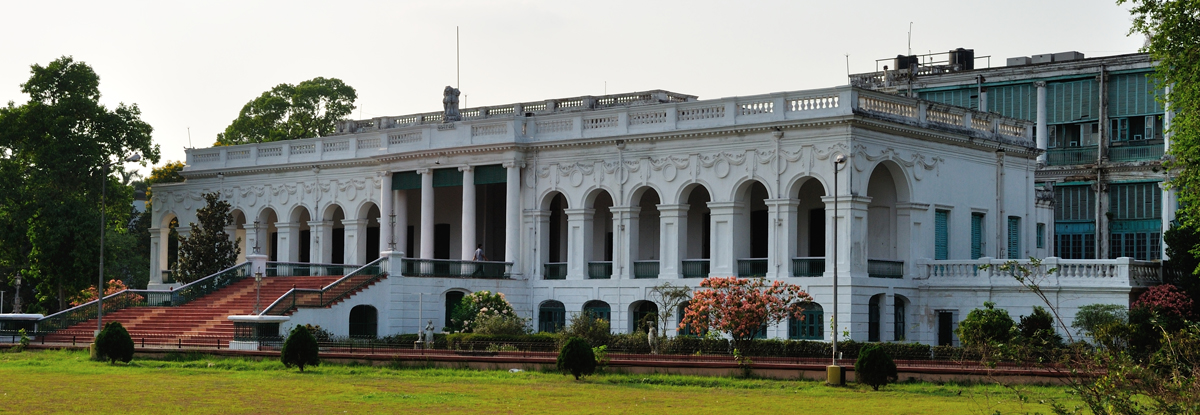National Library
A STOREHOUSE OF KNOWLEDGE
The National Library of India at Belvedere, Kolkata, is the largest library in India by volume and Indiaʼs library of public record. It has a checkered history.
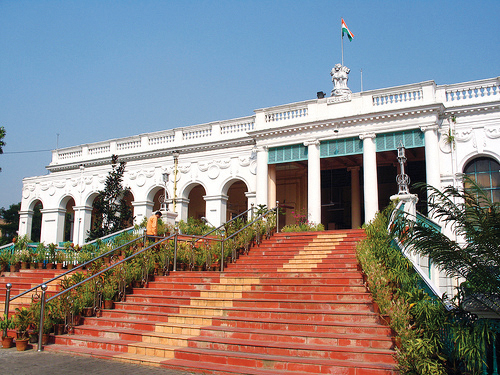
The National Library began with the formation of Calcutta Public Library in 1836. A Government institution, this archive ran on a proprietary basis. Any subscriber paying Rs 300 at one time or in three installments was considered a proprietor. Poor students and others were allowed to use the library free of charge. The then Governor General, Lord Metcalf, transferred 4,675 volumes from the library of the College of Fort William to the Calcutta Public Library. These volumes and donations of books from individuals formed the nucleus. Dwarkanath Tagore was the first proprietor of Calcutta Public Library.
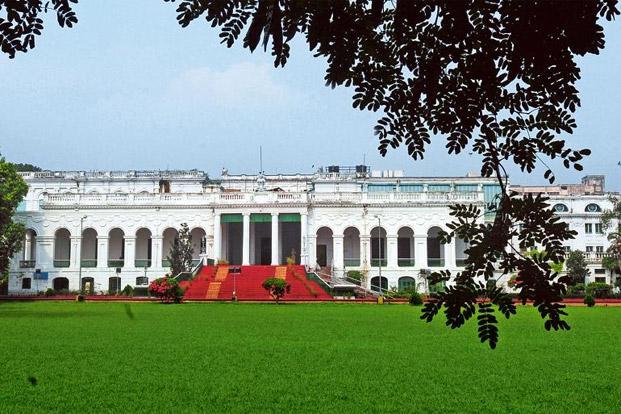
The Imperial Library, on the other hand, was founded in 1891 by combining a number of Secretariat libraries. But its use was restricted to the superior officers of the Government. In 1903, Lord Curzon of Kedleston, the Governor General of India, noticed both the libraries—Imperial Library and Calcutta Public Library—were under-utilised for the want of facilities or restrictions. He decided to amalgamate the rich collection of both of these libraries and it is known today as the National Library.
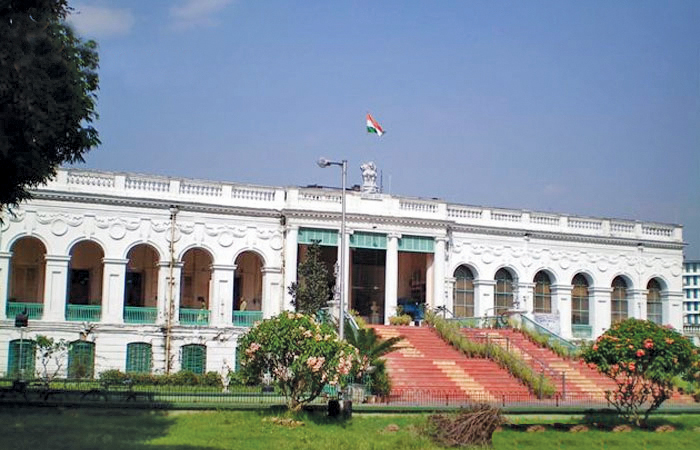
Housed in the former residence of the Lieutenant Governor of Bengal popularly known as Belvedere Estate, the erstwhile sprawling residence was originally constructed as the Vice Regal House around 1700. Meant as a symbol of imperial power, it was built on a grand scale with a high arched gateway, sprawling lawns and ornate halls. Wellington, Cornwallis and Warren Hastings had lived in the building, and the last-named had fought a duel with a member of his governing committee on its grounds.
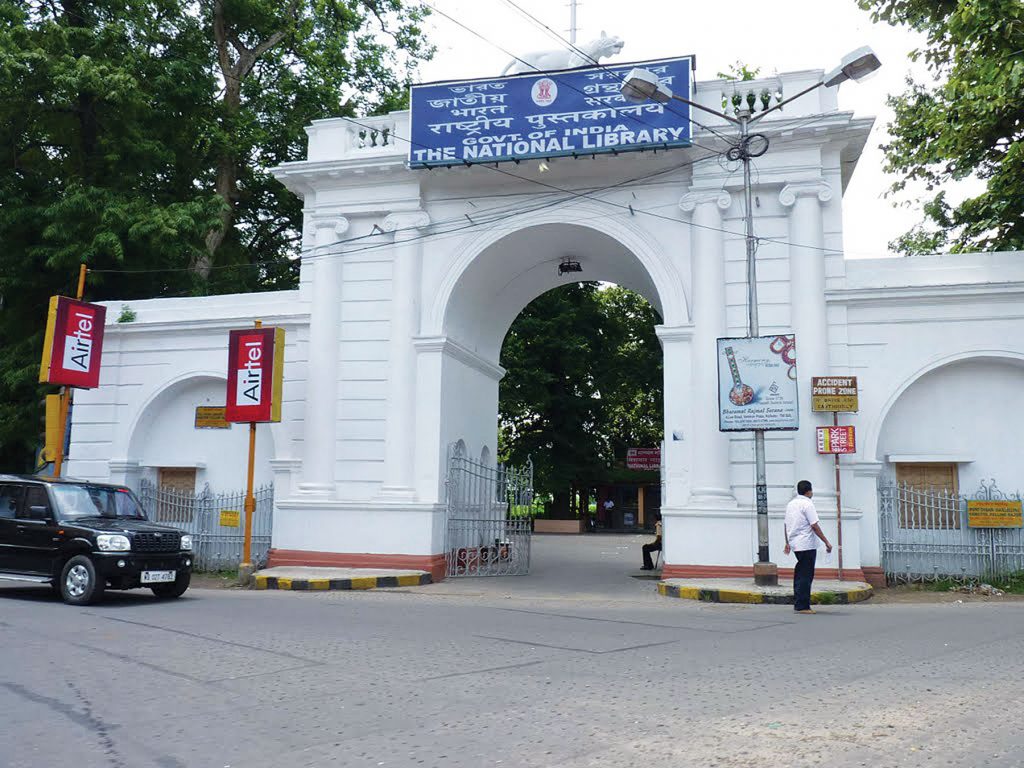
The aims and objectives of the Library were well defined in a Notification in the Gazette of India: ʻIt is intended that it should be a library of reference, a working place for students and a repository of material for the future historians of India, in which, so far as possible, every work written about India, at any time, can be seen and read.ʼ Today, the National Library boasts a collection of over 22,70,000 books, 86,000 maps, 3,200 manuscripts and almost 45 kilometres of shelf space. The reading rooms can accommodate over 550 people.

